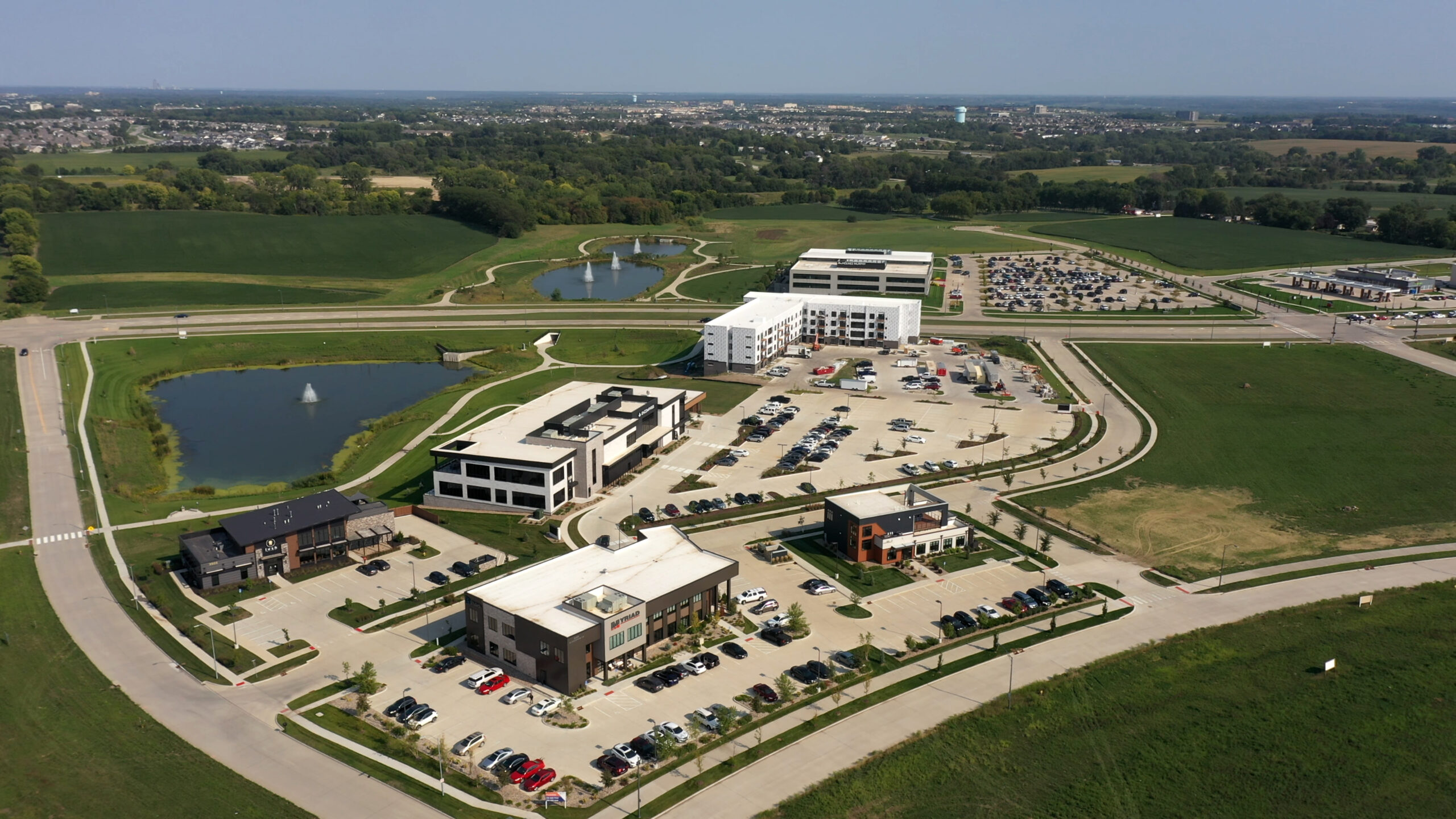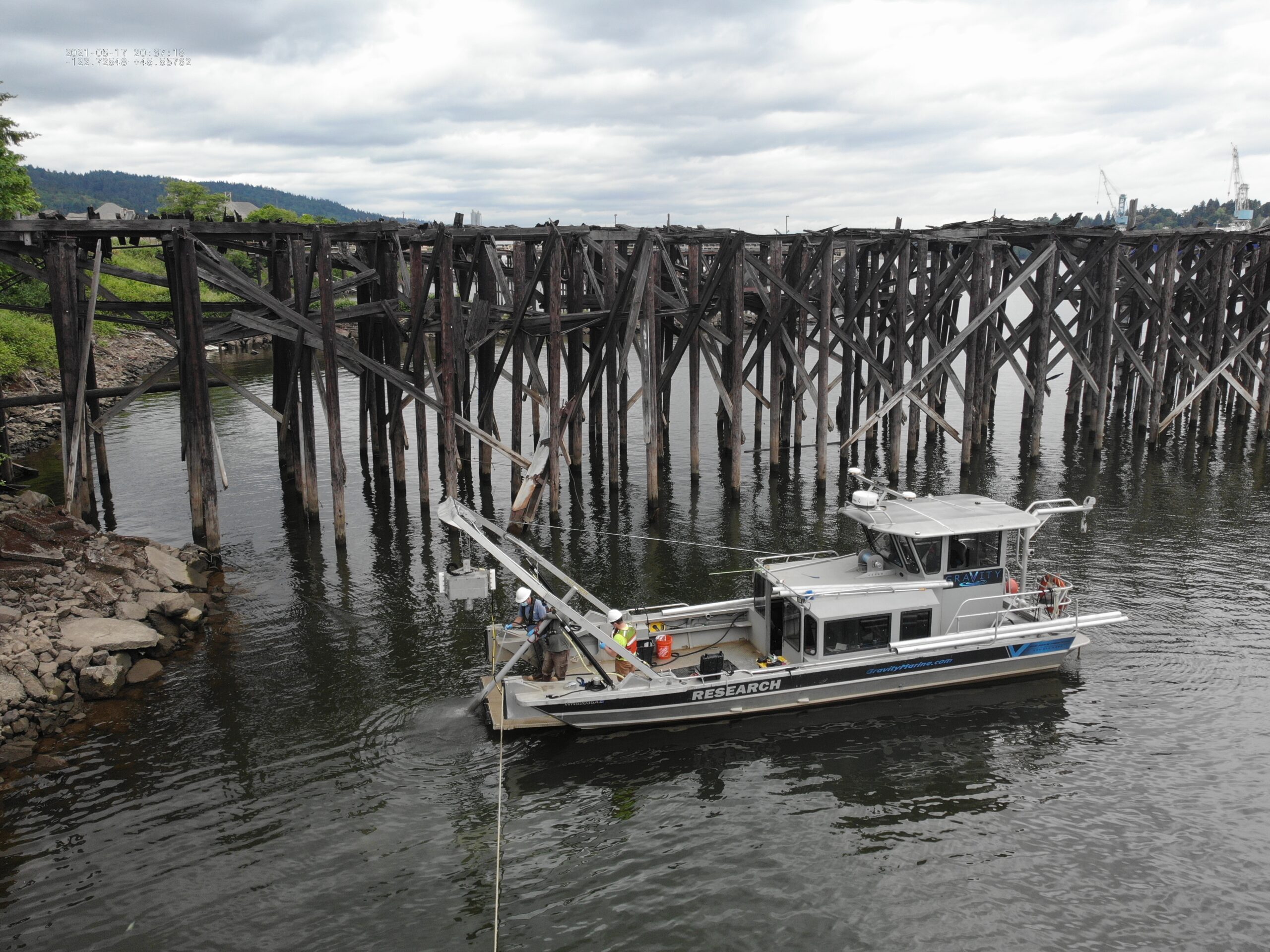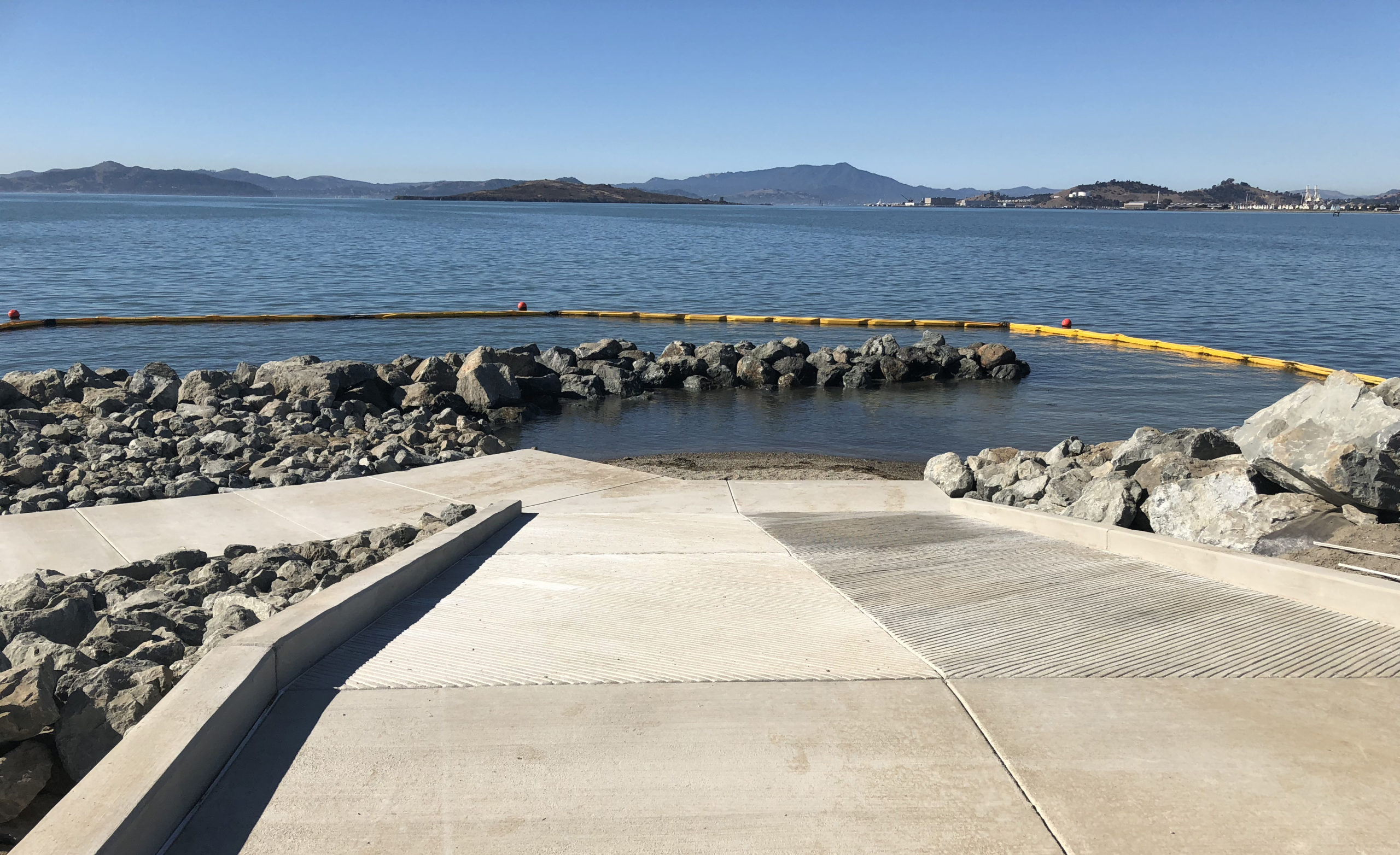
Enjoying the great outdoors has become a greater focus for many, and in the San Francisco Bay Area, that typically means heading to the waterfront. With 73 parks spanning 125,000 acres, the East Bay Regional Park District (EBRPD) is the preferred destination for almost 3 million annual visitors.
Due to years of exposure to storms and heavy use, many recreational areas along the shoreline require improvements to ensure their usability, enjoyability, and accessibility. With a goal of creating a world-class recreational resource for residents and visitors, the EBRPD engaged Foth in 2016 to provide engineering, planning, design, and construction services to revamp the Point Isabel Regional Shoreline, the most-used park on the water.
Foth worked with the EBRPD to take a holistic approach to designing for sustainability, going beyond environmental protection to design for resiliency in the face of climate change, as well as accessibility for people of all abilities to enjoy the site for decades to come.
Engaging the Community and Multi-Stakeholder Interest Groups
Not only is Point Isabel enjoyed by water trail users such as windsurfers, kite boarders, and kayakers – including those with disabilities – it has a large, off-leash dog park that the 6,000-member Point Isabel Dog Owners & Friends group calls home. The challenge for the ERBPD was to ensure the new design worked for everybody, and that’s where Foth came in.
The team conducted extensive consultation meetings with the various stakeholder associations and worked closely with several agencies to navigate regulatory and accessibility requirements and approvals. These included the Americans with Disabilities Act (ADA) for accessibility design standards, the National Audubon Society for environmental considerations, and the Wilton Rancheria Native American community regarding items of potential cultural significance.
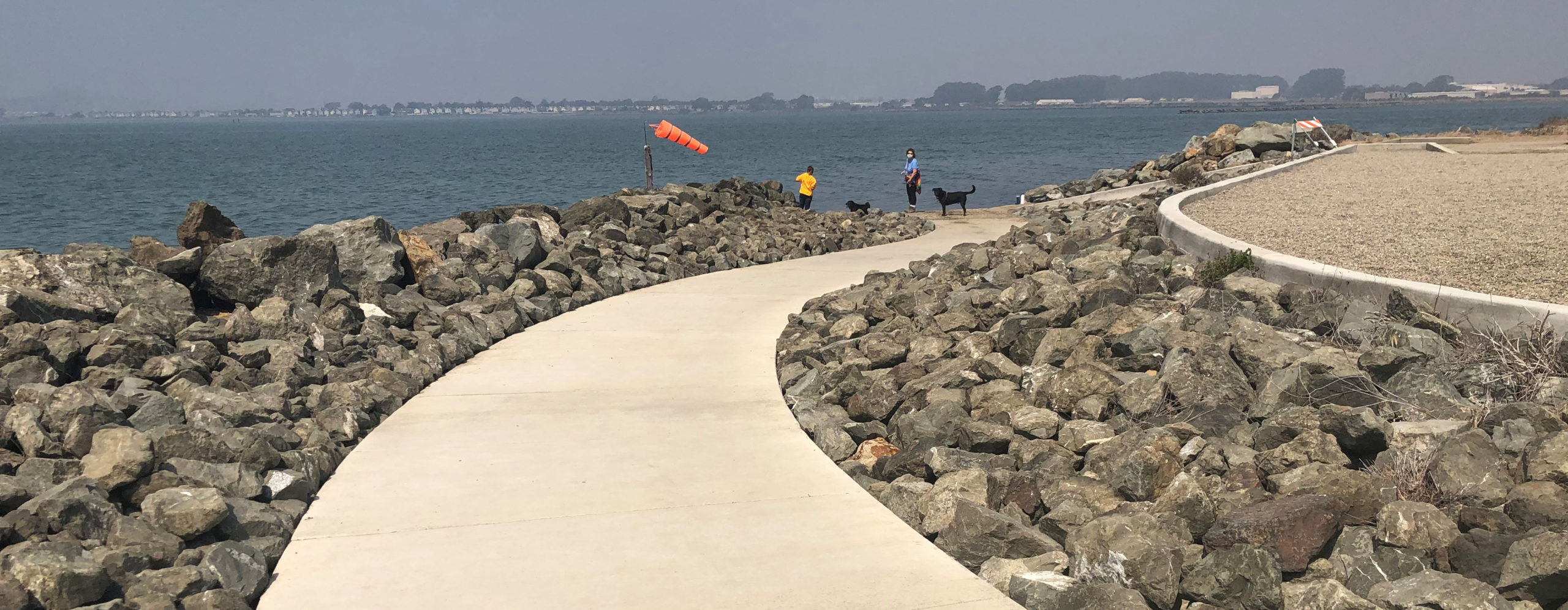
Providing Equal Access to Recreation
The existing waterfront access included a set of dilapidated, precarious concrete steps. Designing the site for equal access required creating a paved pathway from the parking lot to the shore area and enhancing two parking stalls to ADA code. The ramp grade could be up to 12% but using a 5% maximum grade meant that no hand railings were required, enabling cost savings, improving usability when carrying windsurfing or kayaking equipment, and preserving the aesthetics of the final design.
Incorporating ADA requirements can be challenging as it increases complexity and cost, but Foth’s understanding of the regulations and requirements enabled us to bring an “accessible by all” lens to the project. Additionally, designing the site for equal access made it safer for all users, not just those with disabilities.
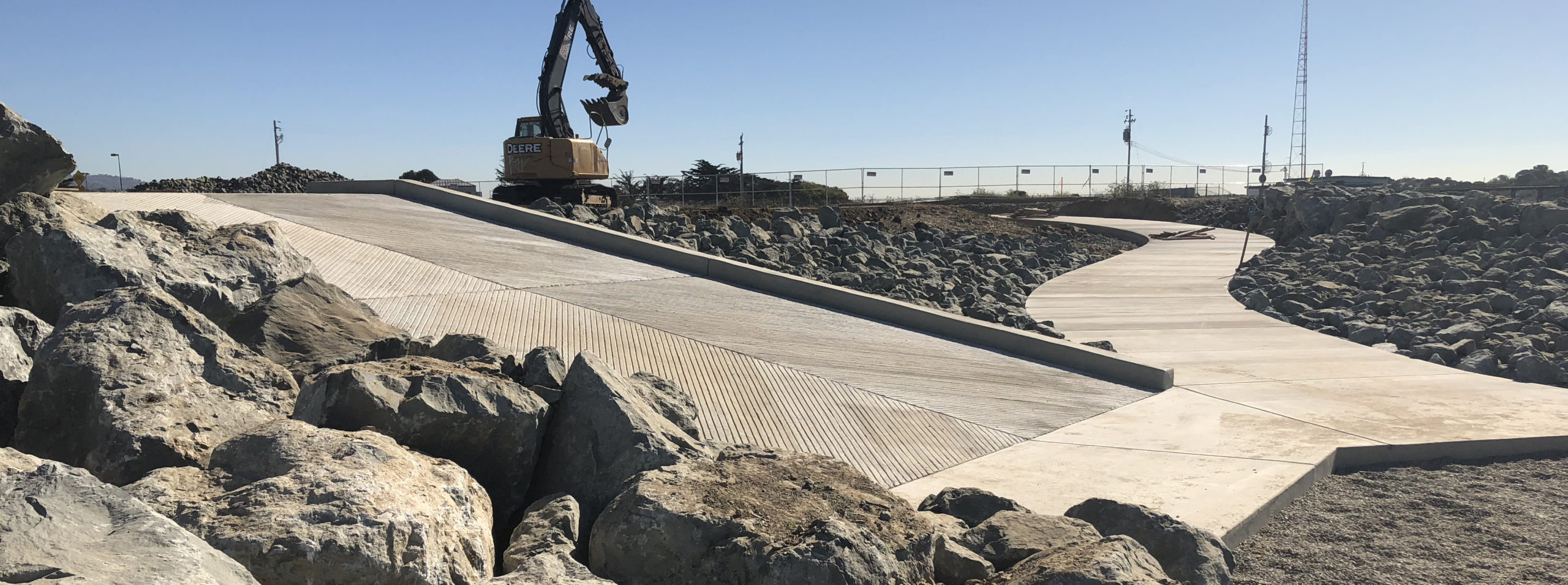
Shoreline Improvements to Prevent Erosion
While shoreline erosion prevention always needs to be addressed, increased risk of storm events and rising sea levels due to climate change has made it even more important. Because Point Isabel is situated directly across from the Golden Gate Bridge, it has a large “fetch length,” or distance of open water, making it prone to bigger waves. Foth performed a sea level rise investigation to prove our shoreline protection design could withstand a 1 in 100-year storm event with additional free-board to compensate for anticipated Sea Level Rise.
Before construction, the shoreline was a mix of old concrete sidewalk, exposed rebar, and sandstone boulders, which provided inadequate protection and posed safety hazards. This debris had to be removed before constructing the new shoreline. Because of fluctuating water levels, the team needed to work from shore at low tide, which was often at night to mitigate impacts to the San Francisco Bay.
The project required a variety of materials including asphalt for pathways and reinforced concrete with corrosion-resistant galvanized rebar for the seawater impact zone. Permitting requirements specified the allowable materials for shoreline protection, including clean rock of a certain shape and size to provide a sturdy base. In total, the construction phase of the project was completed in three months.
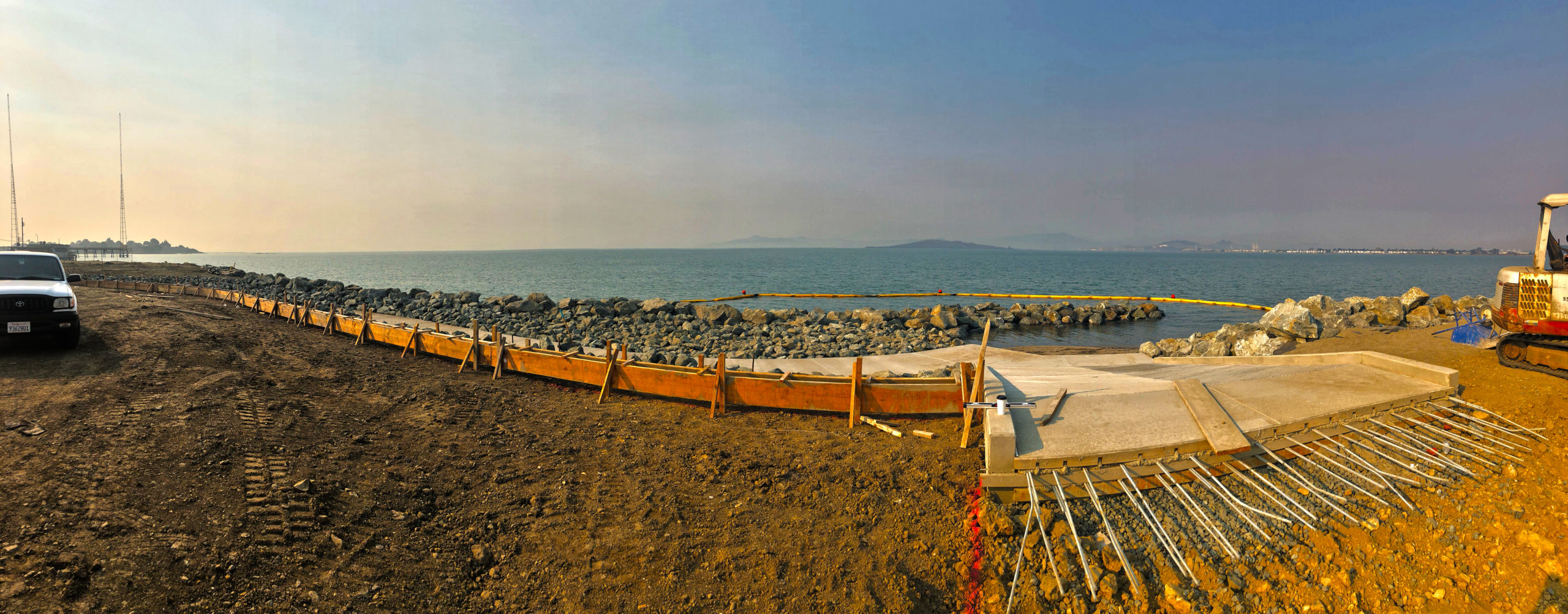
Win-Win for Stakeholders and Sustainability
The overarching goals were to design a sustainable, usable feature that could withstand wear and tear from visitors and the environment alike. Beyond this, the team at Foth wanted to make the design aesthetically pleasing, and to satisfy all stakeholder groups. The Point Isabel Water Access and Shoreline Improvement project is featured by the San Francisco Bay Water Trail as a prime example of accessible design and serves as a model for future improvements.
At Foth, we partner with our clients to ensure the needs of multiple stakeholder groups are heard and addressed when developing sustainable design solutions, such as those exemplified by the Point Isabel project. Contact us today to find out how we can partner with you to ensure an all-encompassing approach to sustainability on your next project.
Markets: Municipalities, Waterfront and Marine
Services: Coastal and Waterfront Engineering and Dredging, Environmental and Regulatory Services, Remediation, Strategic Consulting and Planning


